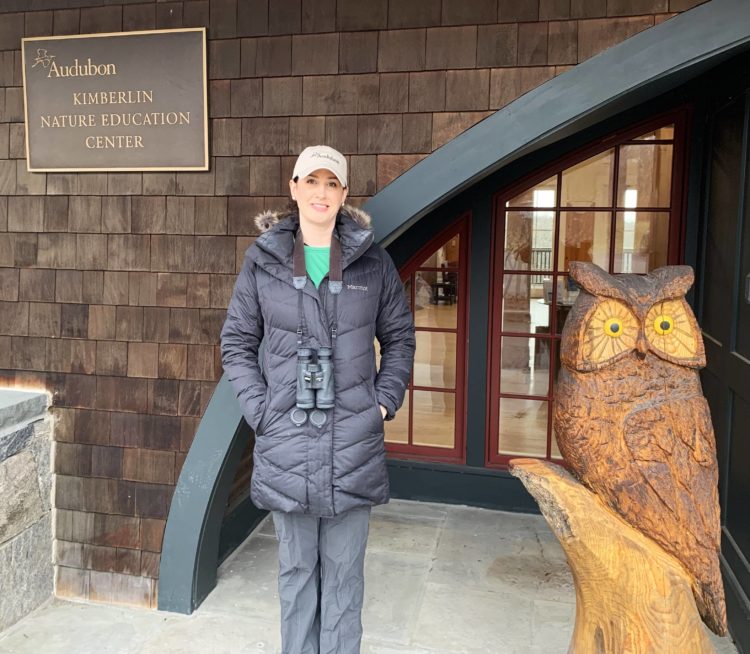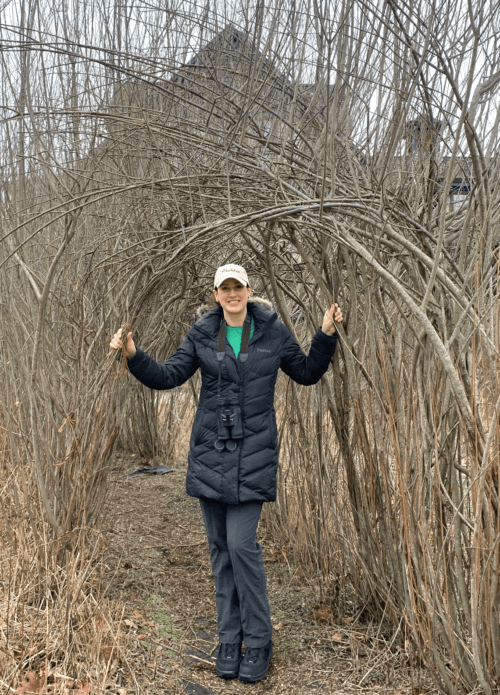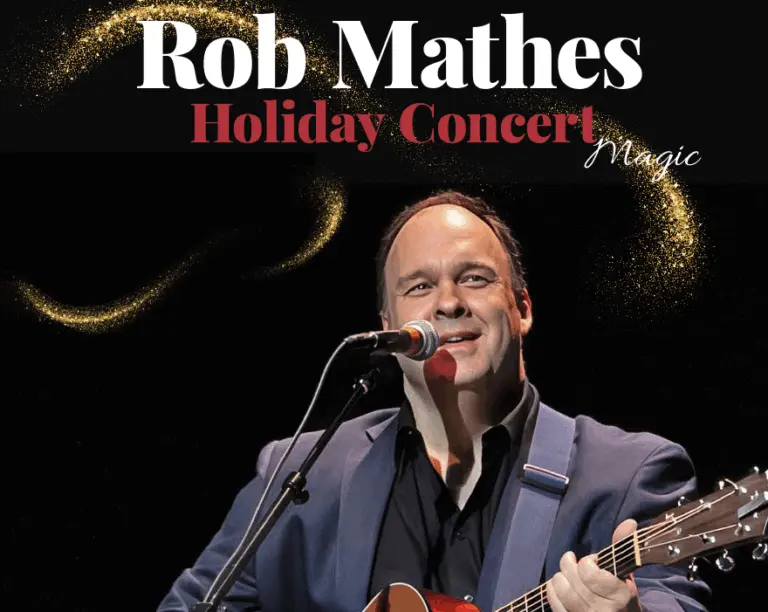
By Anne W. Semmes
The Greenwich Audubon Center has a new executive director, Rochelle Thomas. She comes with a lot of skills, a passion for birding, and a desire to embrace her new Audubon Center community and the town of Greenwich. “The welcome has been amazing,” she says, and she’s grateful for her five-member Center staff. “Most of them have grown up here at the Center or worked here for a decade plus.” Thomas comes with educative skills, having not long ago received her second masters in Ecology, Evolution and Environmental Biology at Columbia University.
She most recently served as Director of Strategy, Planning and Operations in the Digital Futures Institute at Teachers College at Columbia University. It was while making her way to work on campus last fall, and noticing with others the multiple collisions of birds on windows. that she would help instigate the retrofitting of high impact windows on campus facilities with bird safe glass. “The fall is always the tougher migration,” she notes, “It is often a young bird’s first migration. So, generally you see more collision victims. The spring [migration] is more seasoned birds.”
Thomas has been up close and personal in her relationships with birds. “I was licensed for many years as a New York State Wildlife Rehabilitator,” she shares, “And I received a lot of training at Wild Bird Fund, New York City’s only wildlife rehab center, where they have over 7,000 patients a year, and most of them are avian.” She adds, “That helped me become really good at identifying birds because getting to see them right there in my hand was really helpful.”
Thomas is happy to have arrived at the Center in the midst of “an incredible land stewardship project” that’s entering its second year she tells, kicked off by the Center’s new land steward, Matt Viens. “It’s a concerted effort to bring back this landscape to the glory it once was for both people’s enjoyment, and making sure we have healthy forests and healthy habitats for birds.”
Atop Thomas’ agenda when she arrived was to check out some of the early breeding bird surveys and Atlas of the Center grounds. “I’m very interested in looking at these historic landscapes and seeing what was here and what we can do. Birds are losing habitat in their wintering grounds, and I think there’s a lot that we can do here at Greenwich Audubon to try to maximize the space we have to make it attractive for birds to breed. I want to bring back vibrancy in terms of people and in community here, but also vibrancy in terms of species richness.”
“It’s been so difficult during Covid,” she notes. And, add to that a bit of a hiatus between the previous director’s departure and her arrival. She sees opportunities to connect with allied and active organizations like the garden clubs. “There’s so much work that could be achieved here.”
“I would really love to return to programming here that is informative,” she adds, such as offering native plant lectures or workshops “where people can learn what to do in their own yards.” And surely, having served over the last year as head of the Linnaeus Society speaker program at the American Museum of Natural History in New York, she is privy to a variety of bird specialists.
“I also want to build up a really strong core community of volunteers,” she says, “so that people who are volunteering here really feel like this is their home and their place.” She shares an upcoming meet-up with long time Audubon Teacher Naturalist (TN) Camille Broderick and other TN’s. “Camille has been an incredible teacher of kids for so many years and they’re going to show me all of the wonderful magical places on the property that are so dear to them.” Thomas intends she says “to build up that program and attract more people to join the teacher naturalist program. It’s an incredible asset.”
A flyer on her desk shows her immediate outreach to middle and upper school students with a Youth Climate Summit Virtual Workshop series beginning March 7. The series will show how these teens can advocate for their future and create change in their schools and community through a “Climate Action Plan.”
Thomas has told her story of her “spark bird” that has in one way or another brought her to the Greenwich Audubon Center. It was in 2010 on a trip to Costa Rica where a nature guide introduced her to the Resplendent Quetzal, the national bird of Guatemala. That bird hooked her on birding. After all she has shared, “There are roughly 5,500 species of mammals and more than 10,000 species of birds…The likelihood of encountering a bird is far higher, so its easier to see and learn more about them.”
Her bird list is growing. She’s added five new birds on a recent rip out west. But right now, she’s just happy to be hanging out with the Center’s senior education coordinator/naturalist Ryan MacLean who did indeed grow up at the Center. But she notes, “I could spend my whole life and never catch up to where Ryan is right now in his birding.” But she adds, “I just love it, you know, the bird calls, and a peek into a nest is like the ultimate joy.”






